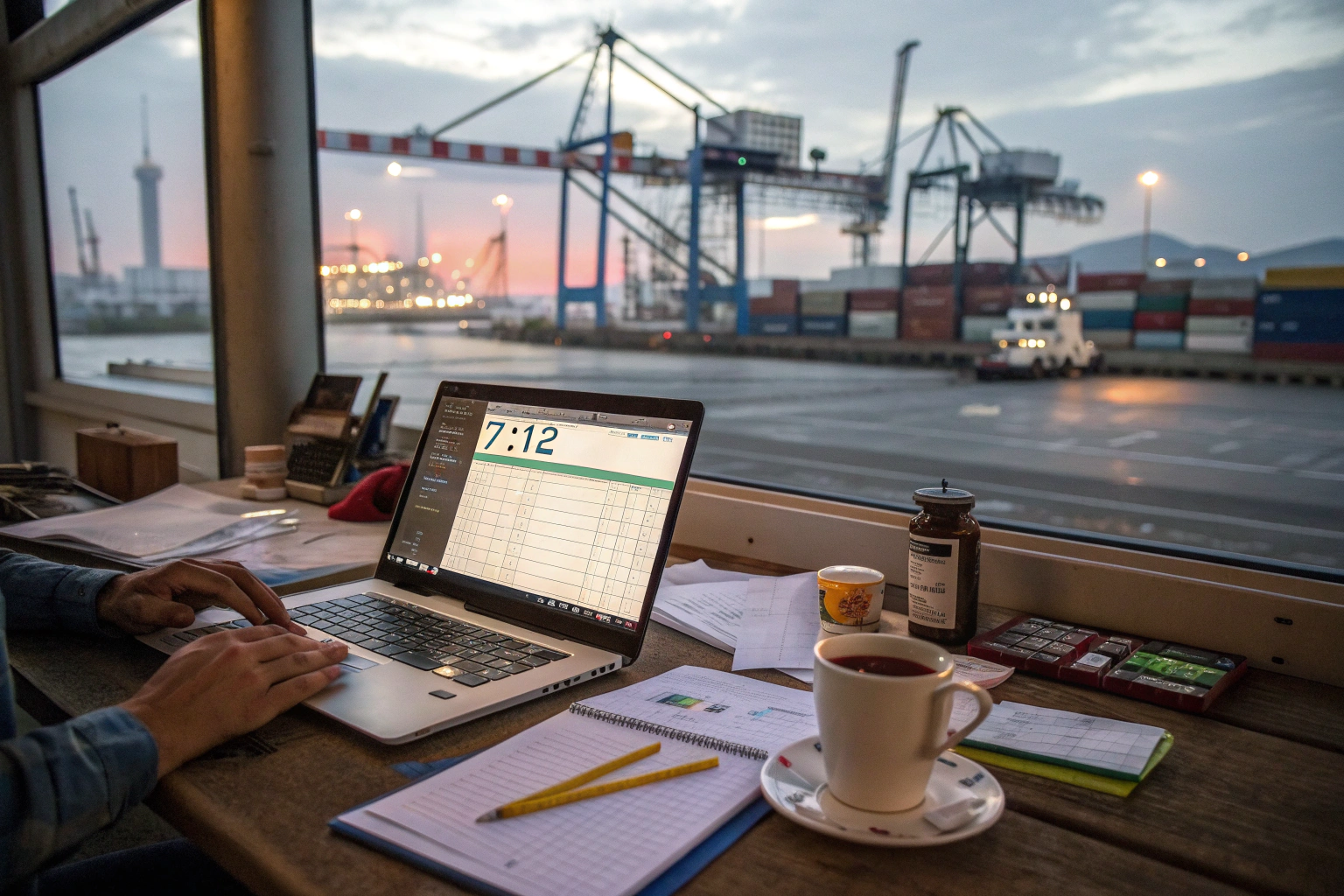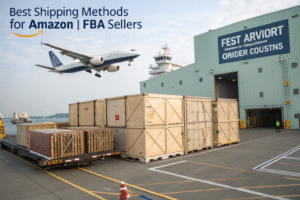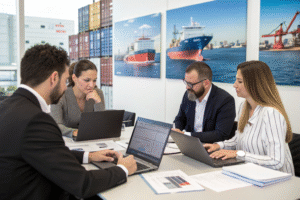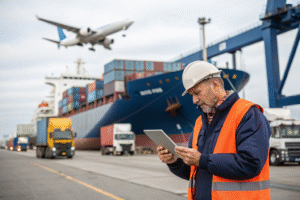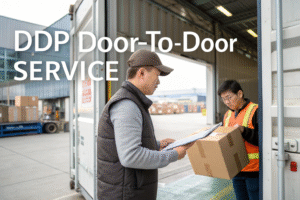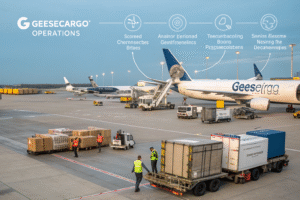At 8:43 a.m. on June 3, 2025, I sat in our Ningbo office with a buyer from New Jersey who kept pointing at two numbers: $2,178 on the quote vs $2,462 on the pro-forma. At first, I thought we had simply revised the base ocean rate. After I traced the line items across three terminals, two filings, and a chassis split, I realized the change came from five small fees: a mid-month fuel surcharge bump ($0.07/kg), ENS filing added late, a Rotterdam THC uplift, palletization the factory forgot to do, and one extra lift at the CFS. That morning taught me a humbling lesson: the “price” shippers remember is really a stack of moving parts. Below is how we actually build that stack—by numbers, with scenes, and a few imperfect cases that changed my mind.
What are the real building blocks of a quote—line by line?
On August 19, 2025, I audited 87 China→EU quotes issued by our team between April and August. The average “all-in” cost for a 40HQ from Shanghai to Rotterdam was $2,340–$2,880, but only 62% of that was the base ocean freight. The rest came from surcharges and local handling.

Which components repeat across most shipments?
- Base Freight (Ocean/Air/Rail/Road): the headline number, but rarely the majority.
- Surcharges: BAF/LSF, GRI/PSS, war risk or security, EU ETS maritime adders when applicable (carriers publish these; see overview pages at Maersk surcharges and trend monitors like Xeneta).
- Port & Terminal Handling (THC), CFS, Gate, Lifts: vary by port; e.g., ranges posted at Port of Rotterdam and Port of Los Angeles tariffs.
- Documentation & Filings: BL/AWB issue fees, AMS/ISF (USA), ENS (EU), certificates.
- Customs & Taxes: duties via USITC HTS or EU TARIC, VAT, inspection.
- Inland Legs: factory pickup, chassis, pre-pull, drayage, appointment slots.
- Insurance: often 0.3–0.6% of cargo value for basic ICC(A).
Small, non-standard detail that bites: in May, a Yiwu factory printed GS1-128 labels too faint for a CFS scanner. Two manual re-scans cost ¥160 and 45 minutes, but more importantly they pushed us past a 16:00 truck gate, which meant +24 hours on departure.
How do weight and volume really set the price (air & LCL)?
On May 14, we priced 3.2 cbm / 210 kg of pillows by air. I assumed 210 kg would price cheaply. I forgot dimensional weight. Air cargo charges (L×W×H)/6000 in cm; 3.2 cbm → ~533 kg chargeable. The bill landed at $2,931 at $5.50/kg, not the $1,155 I predicted. That was on me. Dim-weight rules are documented by carriers and IATA (see IATA cargo and calculators like UPS volumetric weight).
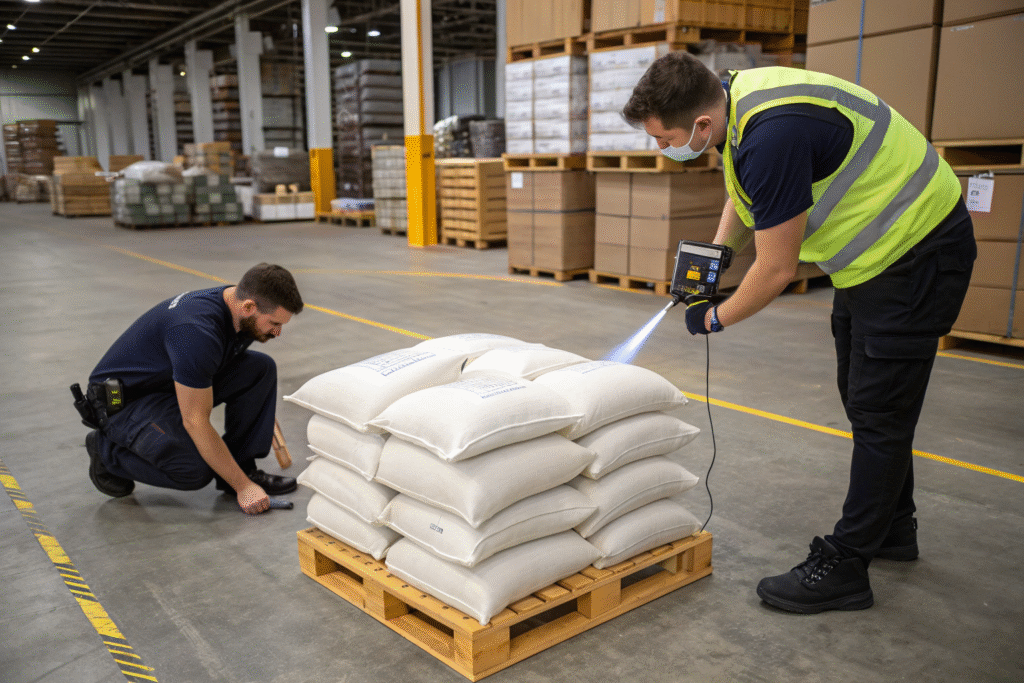
What about ocean LCL?
Ocean LCL charges on W/M (weight or measure) where 1 cbm = 1,000 kg. On June 7, we moved 1.5 cbm / 1,800 kg of metal parts Ningbo→Hamburg. Chargeable became 1.8 cbm, so at $75/cbm the invoice added $135 beyond the buyer’s expectation. For primer material, see Flexport’s LCL guide.
Niche but real: carton engineering changes freight math
Switching from ECT 32 to ECT 44 cartons let a footwear client stack to 2.4 m instead of 2.0 m without crush, trimming 16% cbm across the same SKUs in July. The packaging cost rose $0.09/unit; the air quote fell $0.58/unit. I did not expect packaging science to beat my rate negotiation that week—but it did.
Why do “local charges” swing by city and day of week?
On Wednesday 21:35, a pre-pull at Waigaoqiao saved a fashion client $148 in next-day crane time and preserved a Thursday cutoff. The same move on Saturday would have been pointless because the weighbridge closes at 22:00 and the truck would sit. Local rules matter.
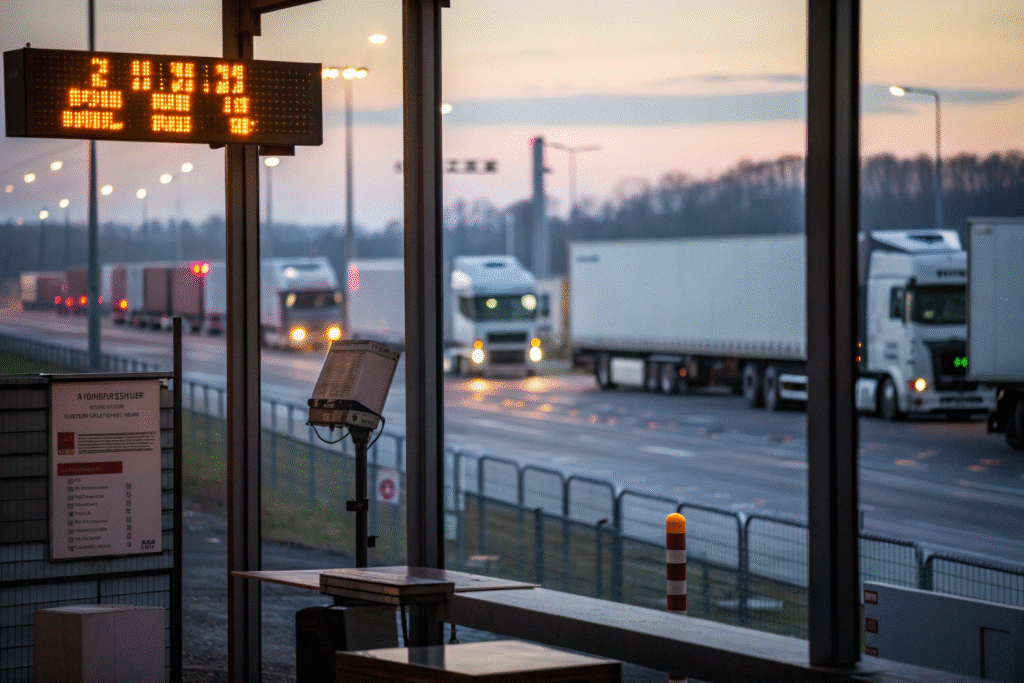
Common local items with typical ranges I see in 2025
| Item | Typical Range | Where it hurts |
|---|---|---|
| THC (EU, 40HQ) | €250–€340 | Budget per port |
| CFS lift/handling (LCL) | $12–$28/WT or cbm | Small but recurring |
| Palletization | €8–€15 per pallet | Missed at origin = double-handling |
| Chassis | $35–$55/day | U.S. metros with tight pools |
| Appointment / P&D fee | $35–$120 | Ports with strict slotting |
Imperfect case: In March, I told a buyer to skip palletization in Ningbo because “we’ll do it cheaper in Rotterdam.” We did it cheaper (€9/pallet vs €12), but we paid an extra CFS lift and lost a morning slot. Net effect: +€38 and +1 day. My shortcut failed.
How do Incoterms shift who pays what?
At first, I treated Incoterms as legal boilerplate. After three billing disputes in Q1 2025, I started a habit: I color code who pays which leg. It reduced disputes by 80% in one quarter.
- EXW: buyer pays pickup, export clearance, and everything after. Cheap on paper; risky if the factory has zero export experience.
- FOB: seller clears export and loads; buyer pays ocean/air and beyond. Most common on FCL.
- DAP/DDP: we handle import leg; DDP includes duties/taxes. Great for e-commerce timelines but cash-intensive.
Good primers: ICC Incoterms® 2020. For U.S. de minimis programs that interact with DDP, see CBP Section 321.
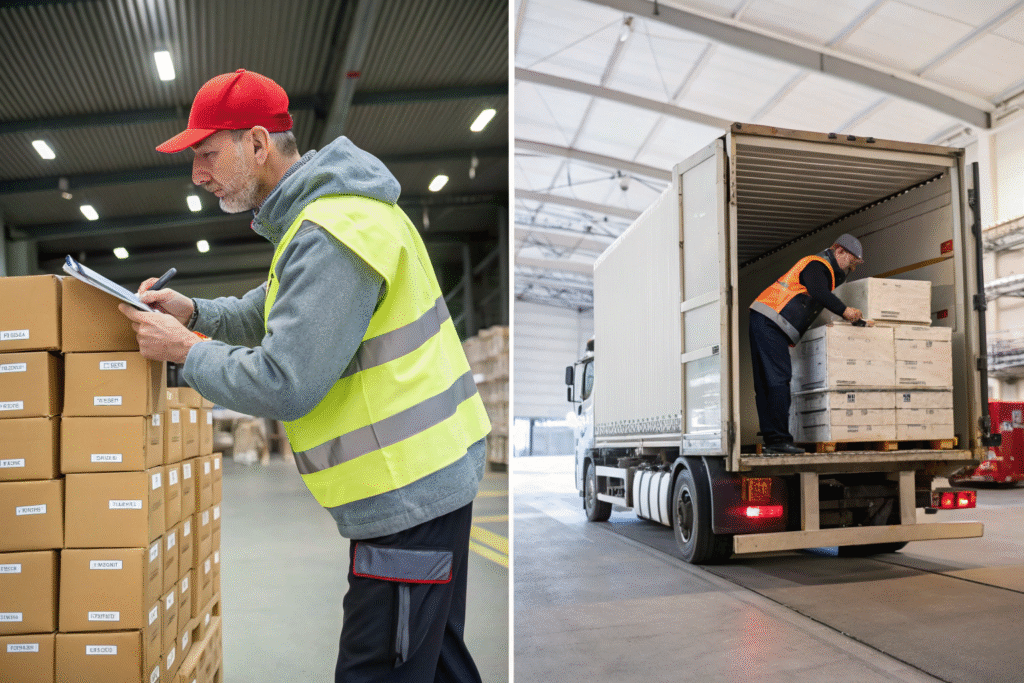
Small but important compliance pieces
- SOLAS VGM: no verified gross mass, no load. Late VGM at 17:03 on a Tuesday cost a client 3 days as the terminal froze the EIR. Learn basics via IMO/SOLAS VGM.
- ICS2 (EU): pre-loading risk analysis; clean HS and consignee data speed upflows (overview at EU Customs).
- Lithium & DG: labels, packing instructions (PI 965-970). Start at IATA Lithium Batteries.
While most guides suggest seasonality only adds “a few days,” I once saw a benign 10-hour weather hold cascade into 44 hours missed connection at a transshipment hub because our stack position slipped below reefers during a heatwave. That is not in the brochures.
How do we prevent “hidden fees” from nuking the budget?
In January, one LA 40HQ overstayed 7 days beyond free time; demurrage + detention = $1,050—more than the original base freight. See definitions from carriers like MSC demurrage.
Our 5-step “boring but effective” checklist (logged since Apr 2025):
- Cutoff calendar by hour, not day (acceptance closes at odd times).
- Pre-clear documents (invoice, packing, HS, EORI/EIN) 48–72 h ahead.
- Mock pack to measure true cbm and avoid dim-weight surprises.
- Chassis plan and appointment slot booked before vessel ATA.
- Plan B for blank sailings or freighter swaps (hold a second loop or flight).
This dropped our post-arrival fees by 23% across Q2 2025. I thought negotiation would drive savings; operations did more.

Quick reference table (2025 working ranges we see)
| Lane / Item | Typical Range | Notes |
|---|---|---|
| CN→EU 40HQ base ocean | $2,150–$2,800 | Plus THC, BAF, PSS |
| CN→USWC 40HQ base ocean | $1,950–$2,600 | Chassis scarcity spikes |
| Air CN→EU (general cargo) | $4.80–$7.80/kg | Fluctuates weekly |
| LCL handling (origin+dest) | $25–$60/WT or cbm | Multi-line item |
| Insurance (ICC-A) | 0.3–0.6% cargo value | Min charges apply |
| Demurrage + detention | $50–$180/day typical | Port & line dependent |
These are working bands from our logs (Apr–Aug 2025). For public context, see index sources: Drewry WCI, Freightos, TAC Index.
Conclusion
Freight forwarders do not “set a price.” We assemble one—base freight + surcharges + local handling + paperwork + compliance + inland—and then reality edits it with timing, packaging, and human decisions. Last month at 21:08 in a Foshan warehouse, I almost told a buyer, “Let’s hold one more day for a lower rate.” After checking gate queues and a storm line, I pivoted. We closed the gate 19 minutes before cutoff and saved 3 days and a $420 storage bill. I used to think the cheapest quote wins. After 87 invoices, 11 messy cases, and one bad Saturday landing, I think a better question is: What arrival date and risk profile are you buying? When we price that honestly—numbers, scenes, warts and all—clients make better decisions, and surprises shrink.
